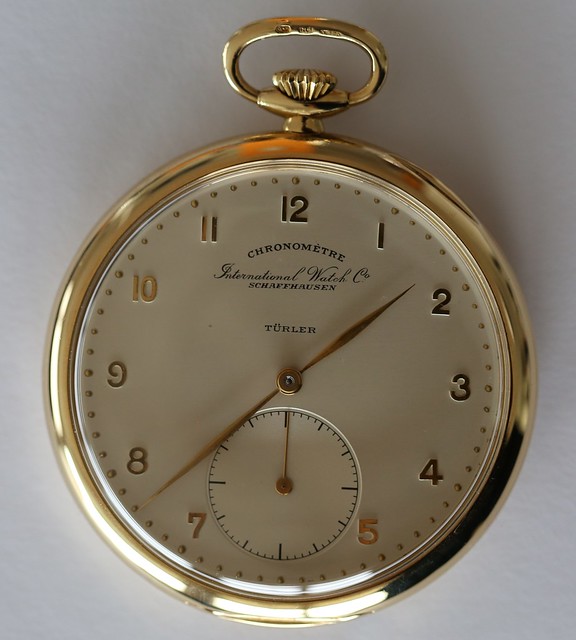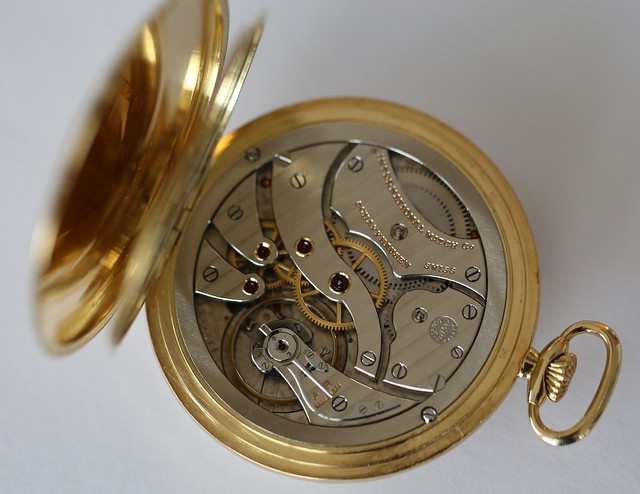Dear Lyles
What I outlined was what IWC officially offered (And they offered in the 1920ies and early 1930ies pocket watches signed Chronometre on the dial, though these watches had not been submitted for an official rating as chronometer).
On special request of customers IWC was willing to submit watches for a chronometer rating despite the fact this was not mentioned in the pricelist or other documents handed over to the retailers. But I saw no more than five or six such tests. So I deem the probability your watch was submitted by IWC for an official rating near to zero. However, in case you provide the movement No. (I can't read it on your pics) I can check your watch against the Observatory records.
From time to time third parties had watches produced by IWC tested. So for example all watches made by apprentices at a Swiss watch maker school as "school watch" were rated at a Bureau Officiel as chronometer (otherwise the apprentice had not passed the test to make and regulate his "school watch"). But your watch obviously is no "school watch". And anyhow the Bureaus Officiels did only publish how many watches of a brand they had tested in the respective year, not the movement Nos.
Last, but not least in theory retailers or end customers could submit a watch for a chronometer rating on their own, but I heard only of one case: The author of a book on the Cal. 97/95 had his watch rated.
My educated guess is your watch was sold in the late 1920ies or early 1930ies (or got a replacement dial from that period) and for this reason shows "Chronometre" on the dial while not having been awarded an official "Bulletin de marche".
Regards
Th. Koenig



